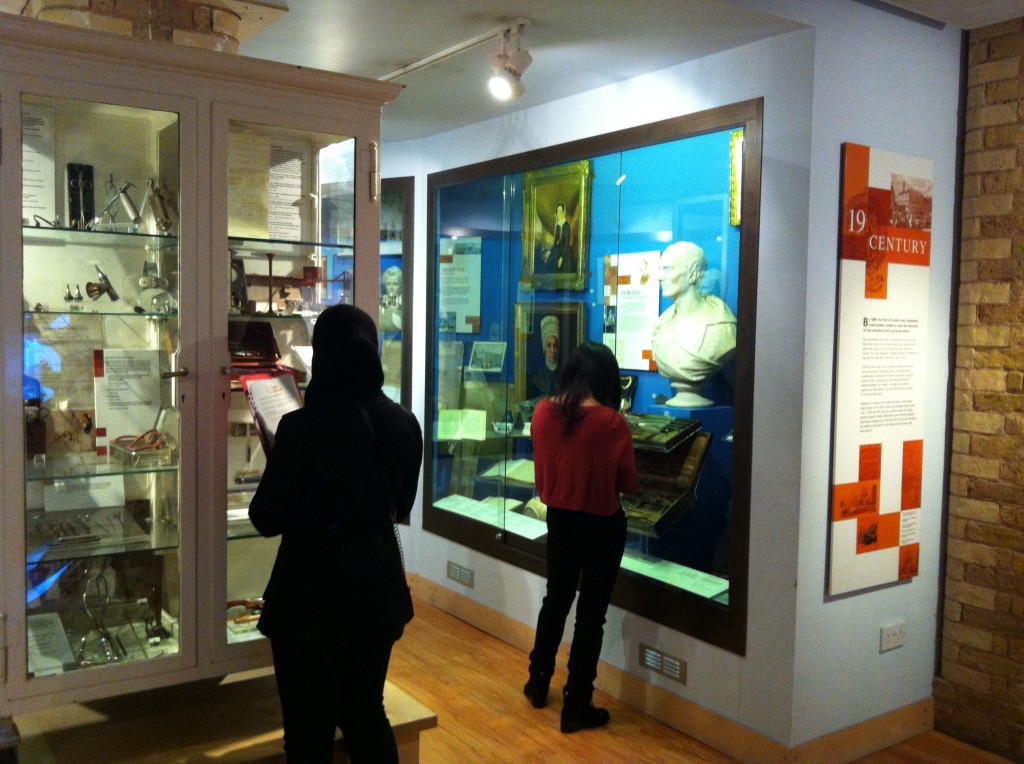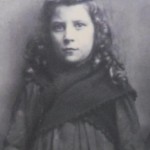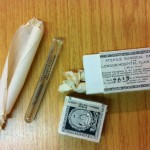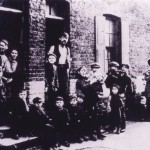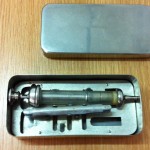Disease and the East End
In the 19th Century the East End became associated poverty and criminality. People living in the East End, which were already subject to terrible living conditions, were made even worse by the obscene amount of overcrowding in the slums. All these factors made East London a breeding ground for disease and disparity.
Cholera
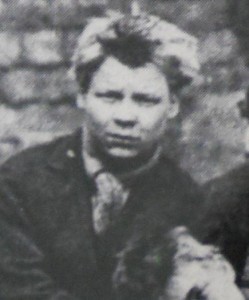
Images courtesy of the Royal London Hospital Museum and Archives
Name: Bob Thirst
Age: 14
Address: 1 Water Way, Stepney Green, London
Additional Information: Bob lives with his parents and 3 brothers and 3 sisters. The house has no clean water supply.
Bob Thirst has cholera. He is a 14 year old boy and come from a working background in Stepney. Bob most likely would have lived in a slum, which would have had no clean water supply. Cholera was a very common disease in London in the 1800s and the early 1900s because of contaminated water supplies. People would dump waste into the river Thames which was also a main source of water – and people were not aware that water could carry diseases so it was not adequately filtered or chlorinated to turn it into safe water. Epidemics of cholera were common between 1831 and 1866, with the 1866 epidemic was particularly serious in the East End because the East London Water Company’s reservoirs in the Lea valley became infected by seepage from the nearby River Lea and the company pumped cholera-infected water to the area.
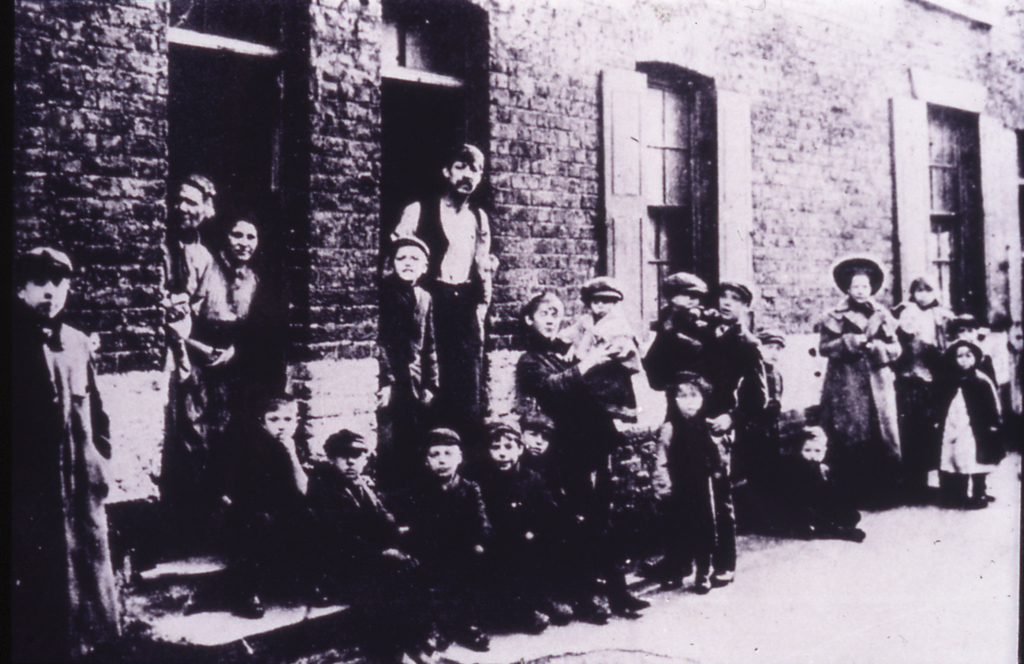
Images courtesy of the Royal London Hospital Museum and Archives
Phossy Jaw
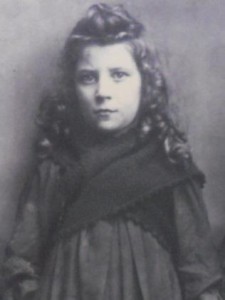
Images courtesy of the Royal London Hospital Museum and Archives
Name: Jane Glow
Age: 12
Address: 25 Strike Lane
Additional Information: Jane lives with her family in Bow.
Works in the Byrant and May match factory.
Jane Glow suffers from Phossy jaw – the full name for this is phosphorous necrosis. She is a 12 year girl who lived in Bow. Phossy jaw was caused by contamination with phosphorous and was a common illness amongst people who worked in match factories. London’s largest match factory resided in Bow, many people in the area worked here especially young girls. Vapour from the phosphorous would collect in the jaw causing toothaches and the gums to swell up. It eventually caused the jaw bone to abscess. Bones affected by phossy jaw glow a greenish-white in the dark.
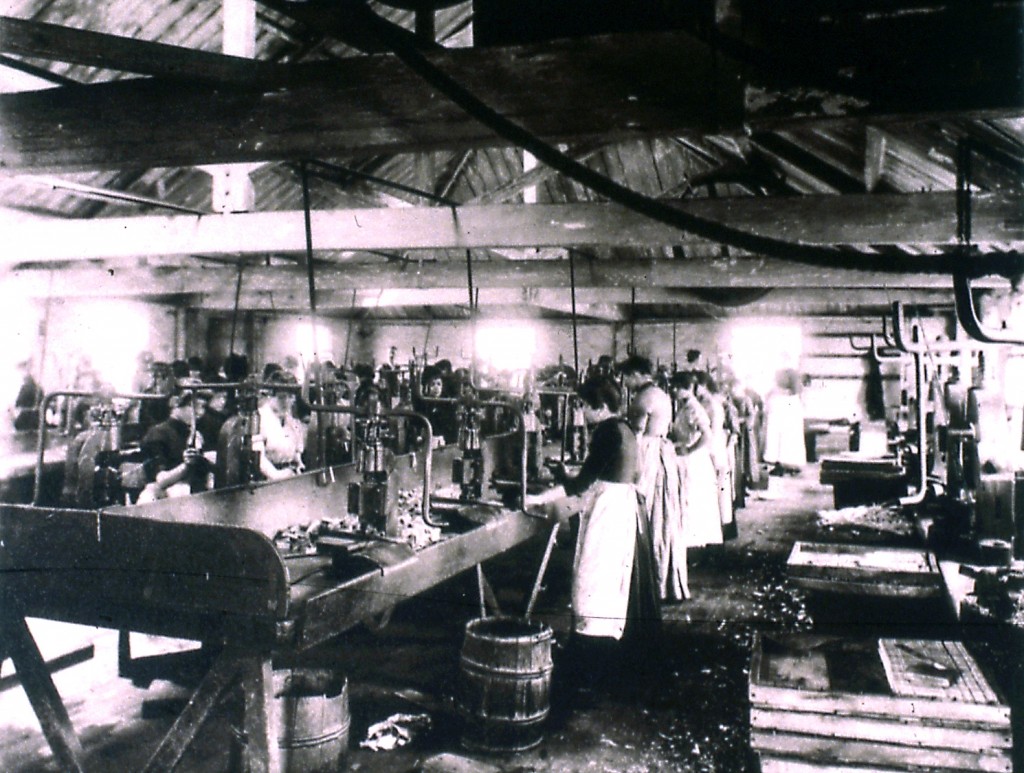
Images courtesy of the Royal London Hospital Museum and Archives
